When my father Norman Rodgers died in 1993, I discovered much more of the wartime secret that he initially had kept hidden, even from his family, for all of 30 years. The clue came in a letter written by a senior American intelligence officer shortly after the Second World War ended in Europe. Together with accompanying photographs and notes, the trove of material revealed my father’s involvement in the extended web of intelligence activities, centred on Bletchley Park, that became known as the Ultra Secret.
Victory in Europe, VE Day, was on 8 May 1945. Eight days later, Colonel H D Kehm, the senior intelligence officer of the US Ninth Army, wrote the following letter from the headquarters in Northern Germany:
An original carbon copy of this letter was among my father’s possessions which I found after his death. He left the US Ninth Army in Germany on that same day, 16 May 1945, travelled via Maastricht and Brussels, to the Allied headquarters in Europe at Versailles near Paris. He finally arrived back home in Sheffield, England on 23 May 1945 for some well-earned leave.
Among my father’s possessions there was also a group photograph entitled, Lüneburger Heide April 1945, and some other wartime photographs.
The photograph and letter, although seeming quite innocuous, hide what is one of the most remarkable stories of the Second World War. The “unit” was composed of British RAF officers and an American officer. The “material contribution” was part of the endeavours of some 8,000 people, which many historians now accept shortened the war in Europe by a minimum of two years.
The nature of the work of this unit on Luneburg Heath and also by many other units and departments was secret or “Ultra” secret for the next 30 years or, in some cases, nearly 60 years.
Sensationalist nonsense
In 1988, Max Hastings, the respected author stated in his foreword to the book “Ultra Goes to War” by Ronald Lewin:
“As a keen student of the Second World War even in those days, I still blush to remember a telephone call from a literary editor in 1974. A new book was shortly to be published, he said, entitled, “The Ultra Secret”, by somebody called FW Winterbotham. It seemed important, because the author claimed in its pages that we had been breaking most of the German codes for most of the war. Would I care to review it? I said that it sounded like a lot of sensationalist nonsense and, frankly I was too busy to look at it. A few weeks later, amid the sensation that followed the book’s publication I could only hang my head”.
After serving as a pilot in the First World War, Group Captain Winterbotham was recruited into the Secret Intelligence Service (MI6) in 1929. During the Second World War he was responsible for organising the security of decrypted material to be passed to field commanders from Bletchley Park. He set up the special liaison units (SLUs).
Group Captain Winterbotham no doubt had permission in 1974 to publish a memoir of his experiences, but there was much discontent among all those who had been keeping Ultra secret for the previous 30 years. One such person was my father, Norman Rodgers. In later life he acknowledged his role with the special liaison units, but we did not talk at length about any of his experiences. Like so many others, I believe he had kept the secret for so long he had got used to not talking about it and when he was allowed, he didn’t really want to.
Also, in his papers were some hand-written notes detailing all his movements with specific dates for all of his military service.
Recruitment
After a few months in the RAF, he was recruited in March 1943 by Group Captain Winterbotham for duties with the special liaison units. Apparently it was because my father had a degree in French and German from Sidney Sussex College, Cambridge; the same College where Gordon Welchman had previously been Dean before he was recruited by the Government Code and Cipher School at Bletchley Park.
My father served in special liaison units with the Mediterranean Air Command in North Africa, the US Fifth Army in Italy, the US Seventh Army in France and the US Ninth Army in Germany.
After VE Day and leave, my father was then posted, in June 1945, to the special liaison unit in Brisbane, Australia where the war in the Pacific was continuing. His passage from Liverpool took him via the Panama Canal, Pearl Harbour, Hawaii, Wellington, New Zealand, Sydney, Australia and finally to Brisbane on 12 August 1945. By that time the two atomic bombs had just been dropped on Japan and VJ Day was to take place three days later on 15 August 1945. After some leave, he departed Australia in late October 1945 for a six week passage on the SS Stratheden via the Suez canal, back to the UK; and a final release from the Royal Air Force on 12 December 1945.
The long silence
My father, like thousands of others, then started the long silence. To the question, “What did you do in the war, daddy?” The reply was, “I was in the Royal Air Force doing intelligence work”. That was all.
The principles governing the work of the special liaison units never varied throughout the war. They were defined by Group Captain Winterbotham and in his book, “The Ultra Secret” he laid out these principles.
“The SLU Officer was responsible for personally delivering the Ultra message to the Commander or to a member of his staff designated to receive it. All messages were to be recovered by the SLU Officer as soon as they were read and understood. They were then destroyed. No Ultra recipient was allowed to transmit or repeat an Ultra signal. Any action taken by a Commander on the information given him by Ultra was to be by way of an operation order or command or instruction, which in no way referred to the Ultra signal or could lead the enemy to believe his signals were being read… no recipient of Ultra could voluntarily place himself in a position where he could be captured by an enemy”.
In theory the system was simple. After the Ultra signals had been deciphered, translated and evaluated at Bletchley, they were then encoded again for transmission by radio Morse code from Whaddon Hall, near Bletchley to the relevant headquarters in the field. The encoding method employed was either that of the one-time pad, or Typex machine. At a field headquarters, the small special liaison unit had two sections: a communications truck usually manned by soldiers of the Royal Corps of Signals, who received the messages from Bletchley and a cipher truck where the messages were decoded to be passed on by the special liaison unit officer. He was then responsible for recovering the text after they had been studied by the appropriate officers at his headquarters, and for destroying them.
Secret Limeys
The aim of the special liaison unit was to keep itself as discreet as possible, though there was a nickname going around some American headquarters calling the special liaison unit personnel the “Secret Limeys”.
In 1943 a US air force officer, Lewis Powell, spotted at La Marsa, Tunisia,“a little truck hidden among the trees with people occasionally going to and fro. I thought it was a direction finding unit”. My father was part of that special liaison unit in 1943 so it is probable they saw each other. Lewis Powell later became an Ultra Special Representative and was posted in 1944 to headquarters, US Strategic Air Forces in Europe. He was appointed a US Supreme Court Judge in 1972.
Shown below is a photograph of the special liaison unit taken in the forward headquarters of General Mark Clark’s US Fifth Army in March 1944. The location is Presenzano, south of Cassino in Campania, Italy. What is of interest is that I have located the exact spot where the photograph was taken in Google Earth. The names of those in the photograph were written on the back by my father.
Top left: The special liaison unit at Presenzano, Italy, headquarters US Fifth Army, March 1944. The special liaison unit officers were enlisted into the Royal Air Force as Group Captain Winterbotham was a Royal Air Force officer. Notice the building in the background which was the headquarters of the US Fifth Army. Top Right: Names of those in the photograph. Captain Prickett was in the Royal Signals and was most probably on an inspection visit to the unit. He was from the Royal Signals radio security service. I found this information from the Find a Veteran page on the Bletchley Park website. The other names drew a blank. Above: Present-day view of Presenzano Italy. Location of the headquarters of the US Fifth Army in March 1944. The headquarters had a near miss when the inaccurate allied bombing of Monte Cassino, some 16 miles away, caused bombs to fall only 100 yards from where General Mark Clark was working in the building shown above.
Cooperation
In May 1943, the American War Department and the British Government Code and Cipher School formally agreed to cooperate in their cryptologic endeavours and their exploitation of signals intelligence. Among the many points of their formal agreement was a section which required sending US “liaison officers” to their army and air headquarters to provide operational commanders with Ultra Intelligence.
Colonel Alfred McCormack of the Special Branch of the US Military Intelligence Service, recruited the American liaison officers, 28 in total, most of whom were lawyers. The recruits who served in the European and Pacific theatres were known as Special Security Officers or Representatives. Their primary duties were to receive and safeguard Ultra, present it to commanders and authorised recipients, and assist in fusing it with intelligence from other sources. The Special Security Officers assigned to Europe received training at Special Branch and at Bletchley Park. They were assigned to US organisations and were started to be deployed in mid-1944.
The small band of men recruited for this duty in the European theatre has been described by Stephen E. Ambrose in “Ike’s Spies”: “The Army’s selection process was superb. It managed to locate precisely the two dozen or so officers who were perfect for the job. They had to be diplomatic enough not to offend the senior generals to whom they reported, but firm enough to make sure the generals heard what they had to say… Men who are absolutely trustworthy, mentally quick, tireless, and self-effacing are few in number, but America had enough of them, and the Army found them. To a man, they did an outstanding job during the war; to a man, they kept their trust, not one of them ever revealing the Ultra secret or his part in the war.”
The Ninth Army
So in March 1945, when my father was posted to the US Ninth Army, he would have met and worked with the American Ultra Special Representative, Captain Hodge J Vineyard.
The US Ninth Army was activated in May 1944 and played an important role in the campaign in North West Europe in 1944 and 1945. The first responsibility for the Ninth Army, upon its arrival in mainland Europe on 5 September 1944, was to take part in the final reduction of the German forces holding out in the French port of Brest. The surrender of the town took place fifteen days later and Ultra intelligence played a key part in the battle.
On 2 May 1945 the whole of the Ninth Army’s front reached the agreed demarcation point with the Russians and the advance ceased.
The Ninth Army was commanded since its inception by General William Simpson. He was a charismatic officer and was highly thought of by General Eisenhower.
Colonel Harold D Kehm, after the war headed the US Army’s Strategic Intelligence School in Washington from 1950 until his first retirement in 1954. Shortly after he retired, Colonel Kehm was recalled to active duty for intelligence coordinating activities with the Central Intelligence Agency. He held that assignment until his second retirement in 1960. He died in 1979.
Since Captain Hodge J Vineyard undertook the long silence, I wonder whether his descendants or relatives have seen his letter from Col Kelm or know of the nature of his wartime service. By my estimation he would have been born between 1910 and 1920 and might have been a lawyer on his return from the war in 1945.
Bletchley Park
At this stage in the article we have covered but a fraction of the whole Ultra story. So it is now time to introduce an overview of all the work which was done at the Government Code and Cypher School at Bletchley Park and other outposts during the Second World War.
Over the last few years, the Bletchley Park Trust has now developed the Bletchley site into an excellent museum which explains the Ultra story and what went on at Bletchley.
There is also on the same site, The National Museum of Computing, which houses the Bombe and Colossus rebuild projects. Aspects of Colossus remained classified until 2002 and this information is a critical part of the Ultra story. Unfortunately, the two museums have in the past not enjoyed the best relationship.
I visited Bletchley Park a few years ago. The exhibitions were thought provoking and I would recommend the museum and park as a worthwhile day out. While there, I was also able to meet the archivist and give her digital copies of the letter and my father’s various photographs illustrated in this article.
There is now no shortage of books, articles and materials about Bletchley Park and Ultra since Group Captain Winterbotham’s book of 1974. Indeed if one were listing all the available sources—books, online and written articles, YouTube videos and so forth—I expect the list would contain at least a hundred references.
Over the last few years, more and more material has been available online and it is possible to learn most of what one might want to know without picking up a book.
As a start, Bletchley Park Museum has an informative website. Shown below are links that will give good background information for the whole of the Ultra operation.
- Bletchley Park | Home
- Bletchley Park | Our Story
- Bletchley Park | The Challenge
- Bletchley Park | Who were the Codebreakers?
- Bletchley Park | The Path of a Message
- Bletchley Park | Impact on World War Two
However some of the information is understandably somewhat superficial and we are hoping to put together more articles which will examine in much greater detail some of the themes covered in the web links above. For example:
- Ultra in the Second World War: an overview of the Ultra operation and an assessment of how it shortened the war in Europe.
- How the Enigma cipher machine was used, how it worked and how the messages were deciphered: including the Bombe rebuild project.
- How the Lorenz SZ cipher machine was used, how it worked and how the messages were deciphered: including the Colossus rebuild project.
From January 1967 for two years, I was an officer cadet at the Royal Military Academy Sandhurst. One subject on the curriculum was military history where we studied various land battles over the centuries. In particular, we learnt about the tactics and decisions of army commanders. No doubt this was in the hope that we would in the future make wise decisions on the battlefield.
Reflecting some 50 years on from those lectures on the Second World War, particularly the two battles of El Alamein and the D-Day landings, I realise our understanding was somewhat incomplete as we were not aware of the Ultra intelligence the commanders were privy to. Ultra was still secret.
I wonder what the understanding of other events in our lives over the last 30 years or so would need to be reassessed should governments still be harbouring secrets that would seem to many now as “sensationalist nonsense”?
Read more articles by Chris Rodgers
Make a donation to help with our running costs
Did you know that Macfilos is run by five photography enthusiasts based in the UK, USA and Europe? We cover all the substantial costs of running the site, and we do not carry advertising because it spoils readers’ enjoyment. Every amount, however small, will be appreciated, and we will write to acknowledge your generosity.

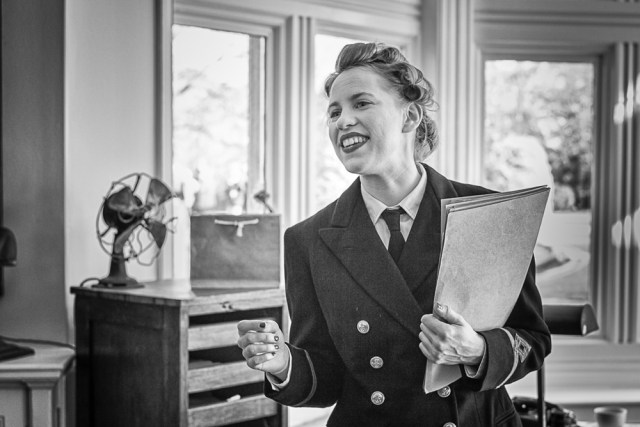
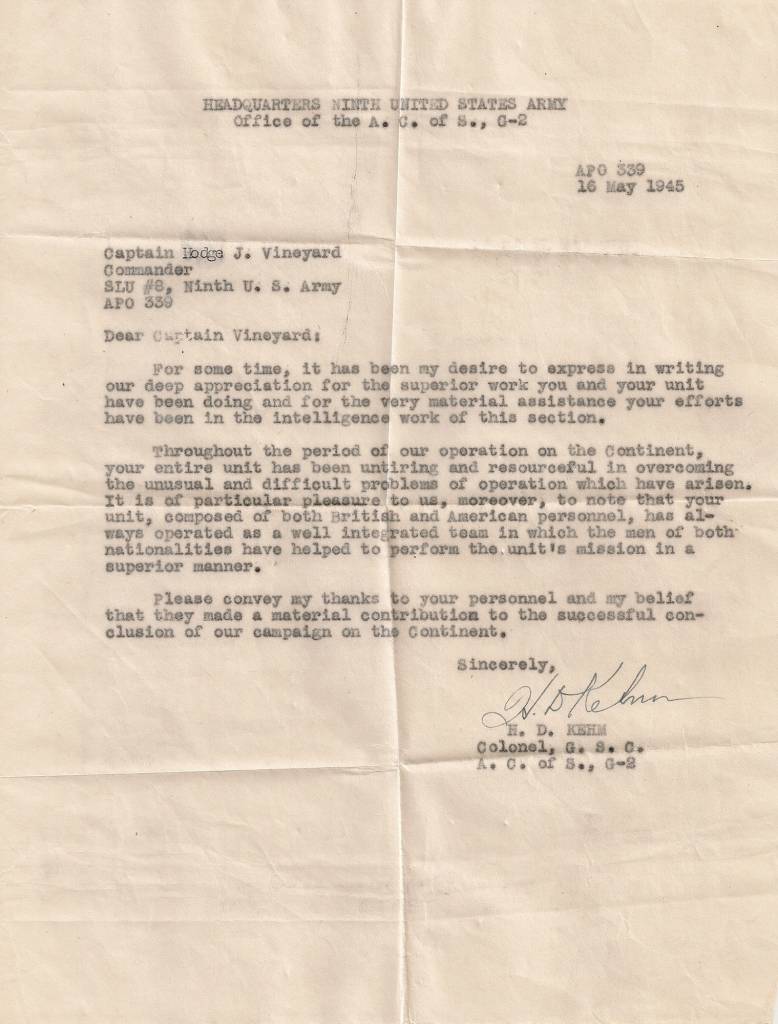
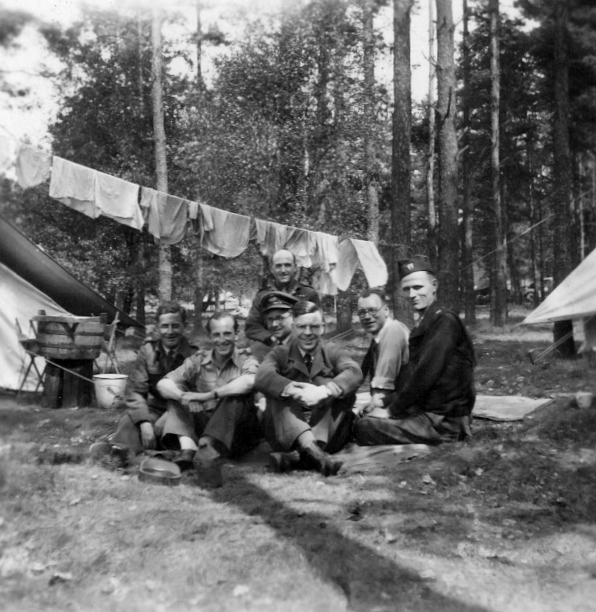
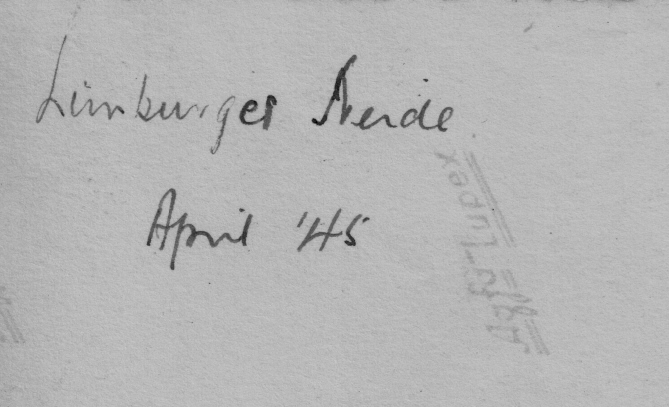
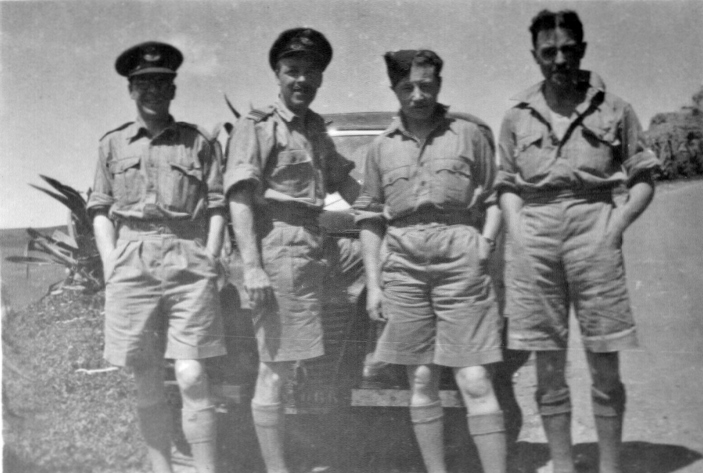
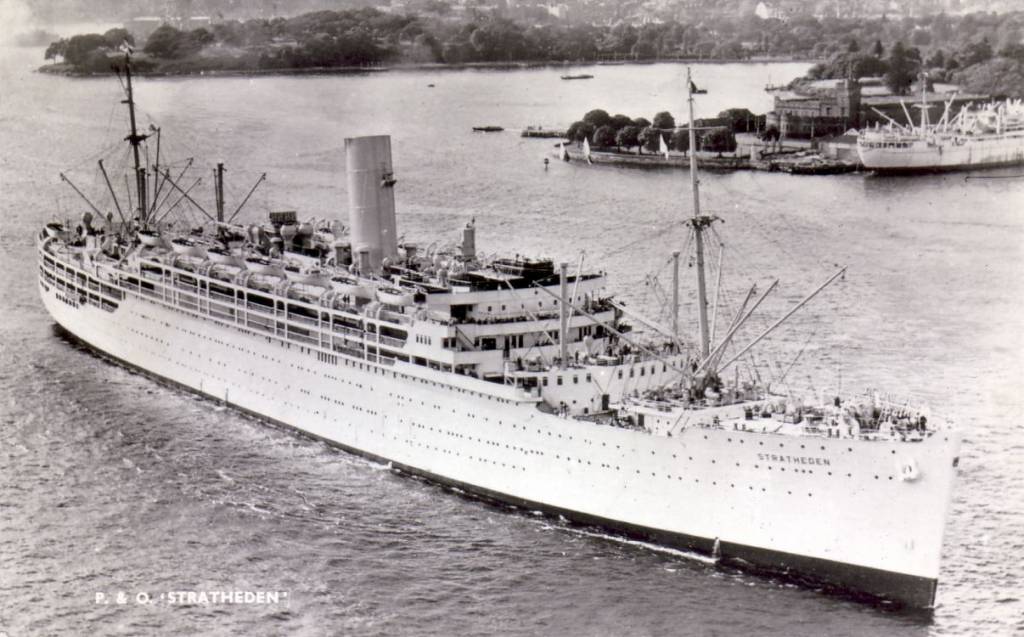

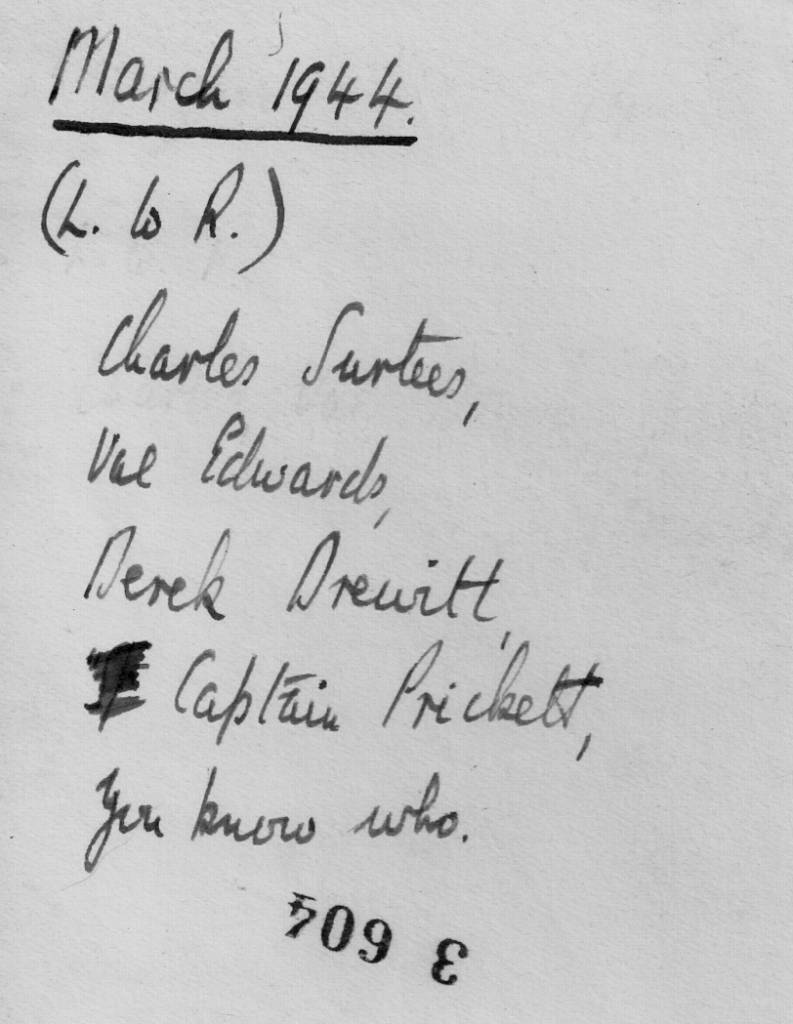
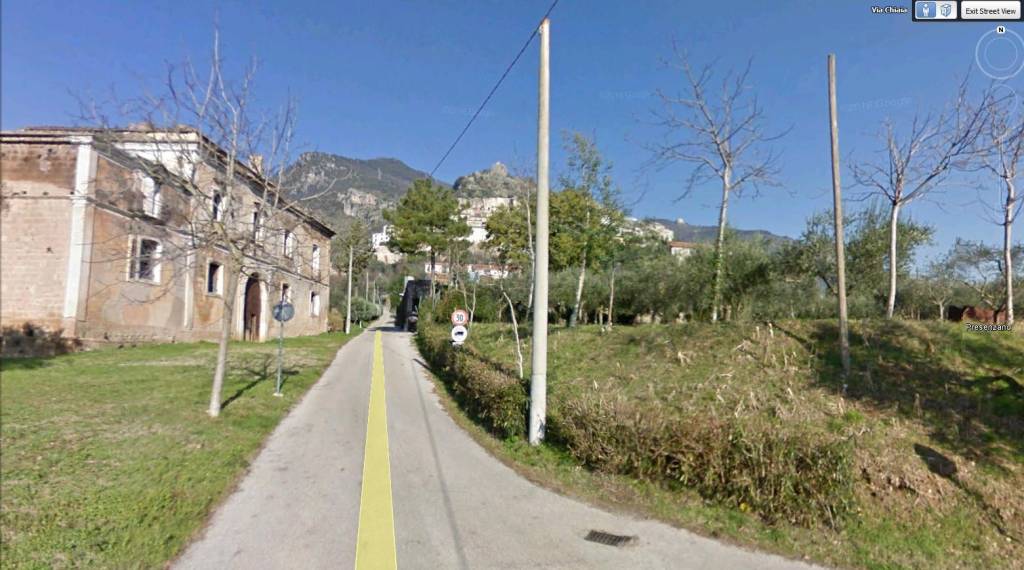
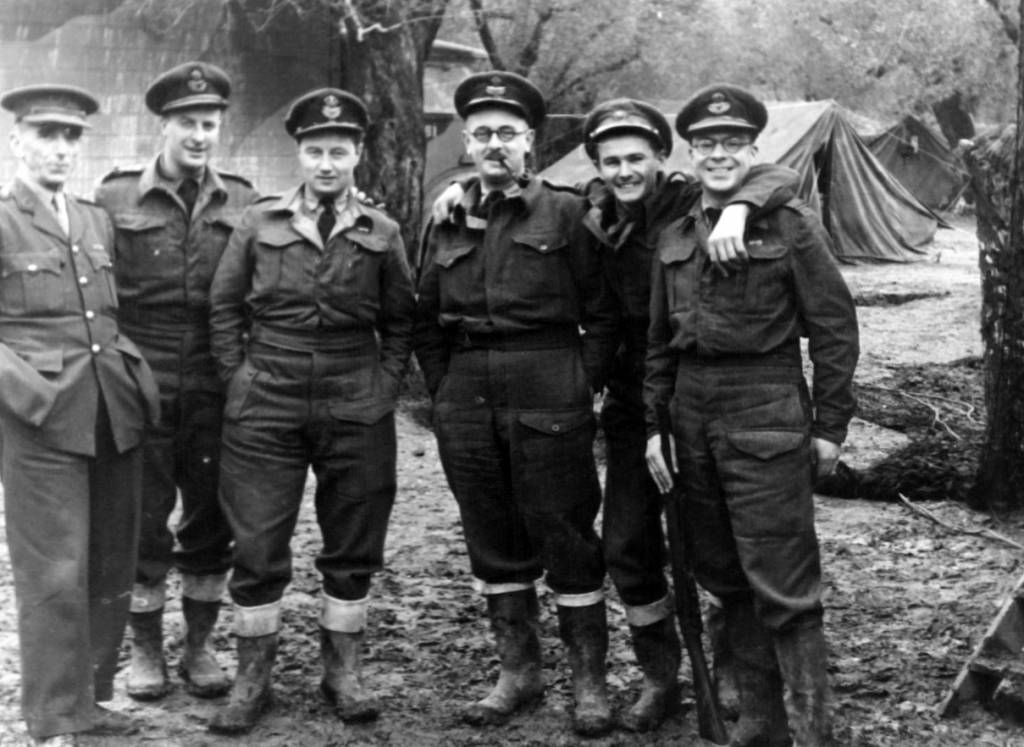
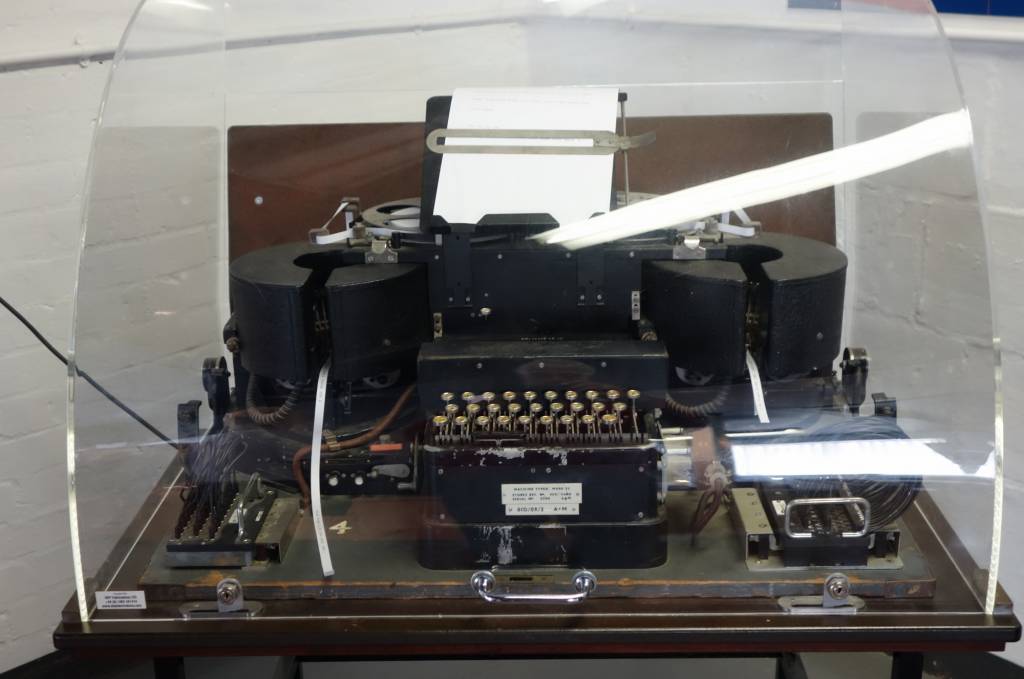
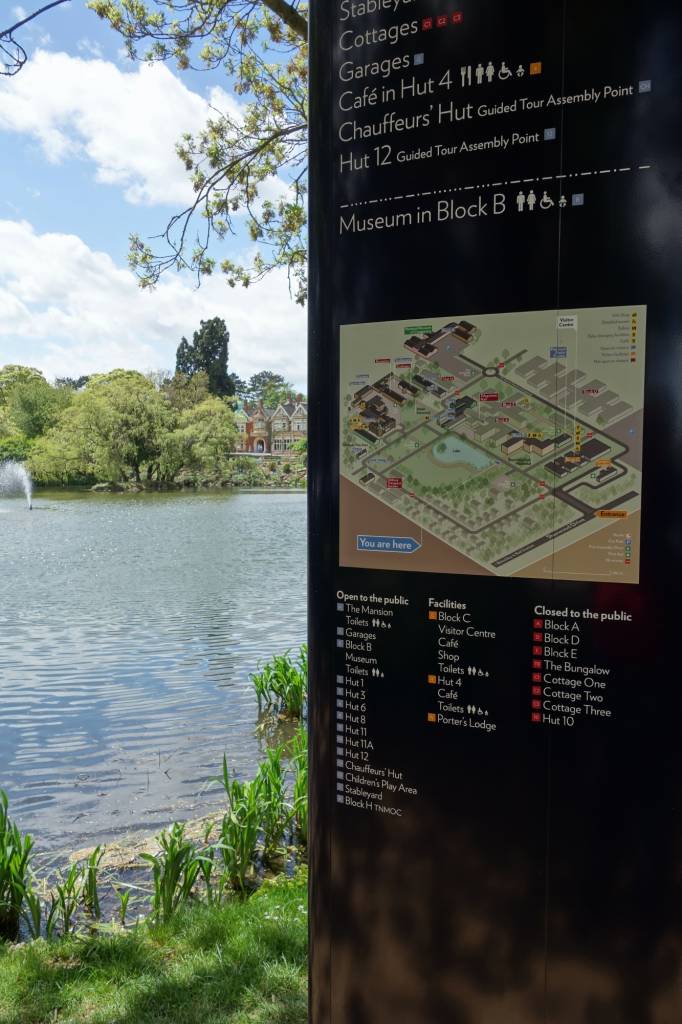
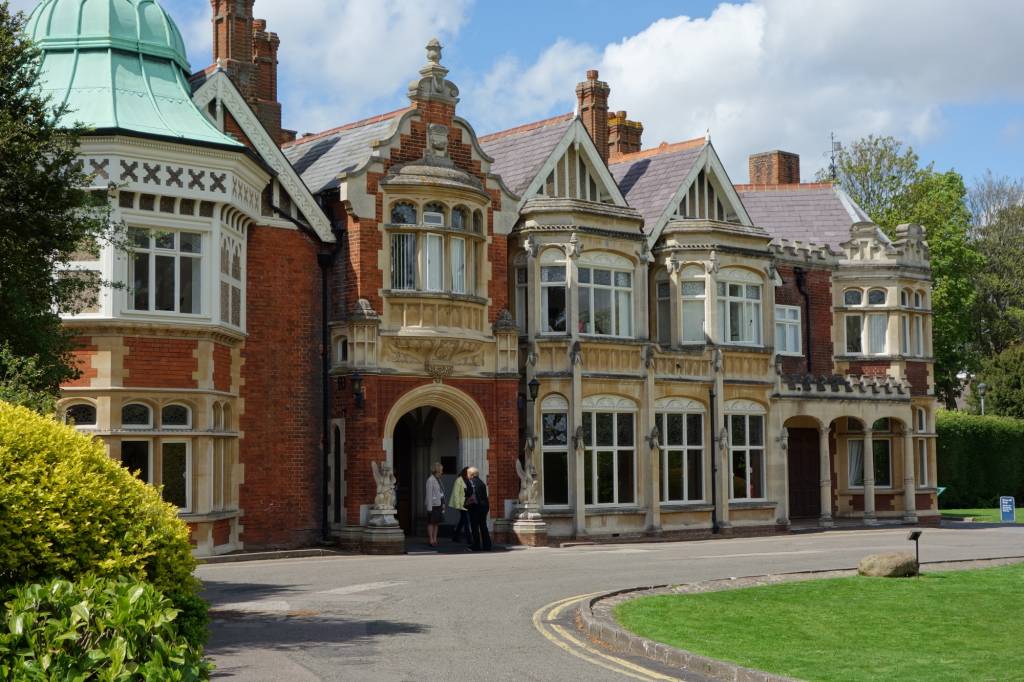

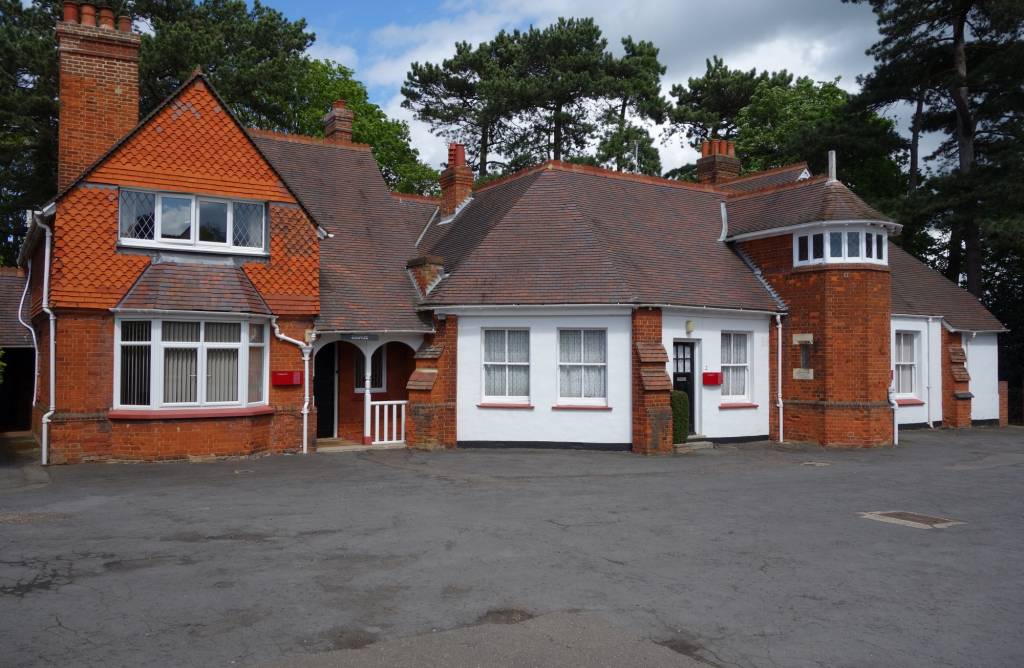
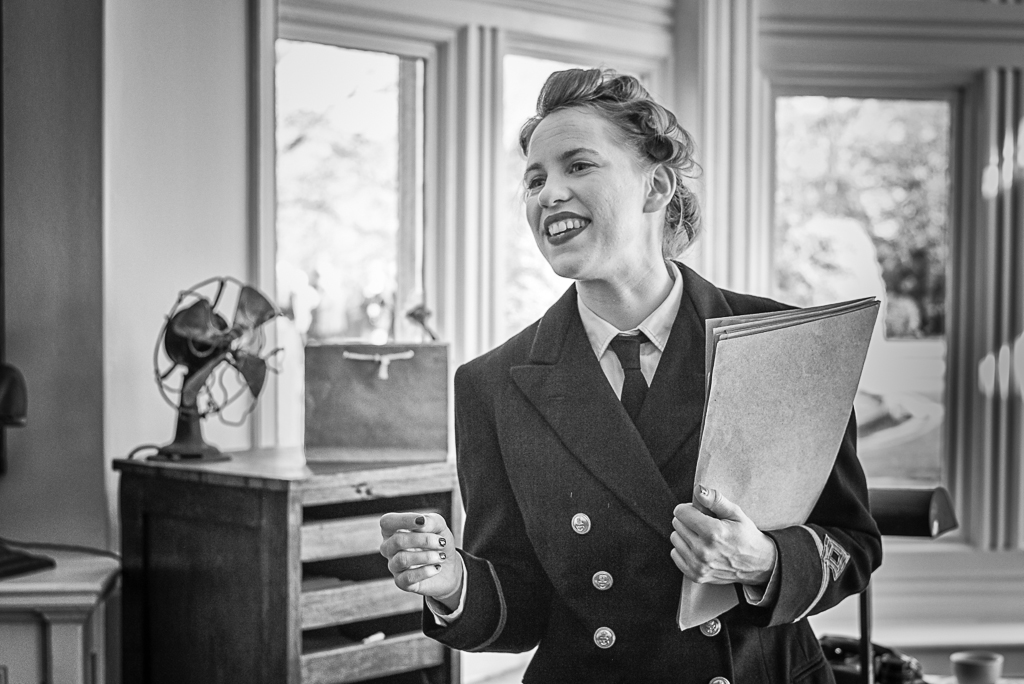
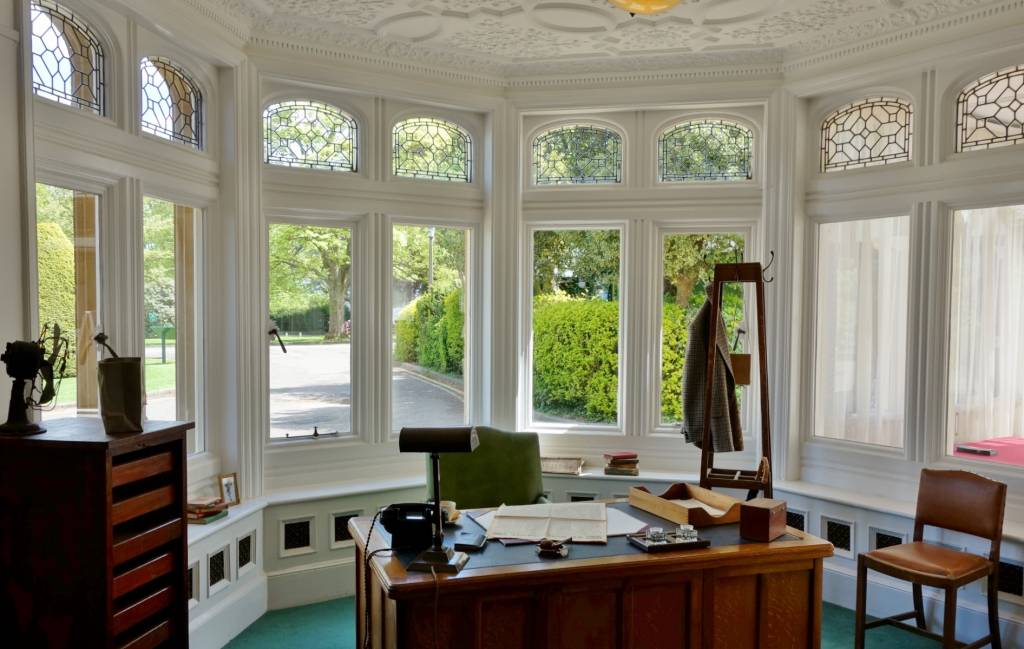


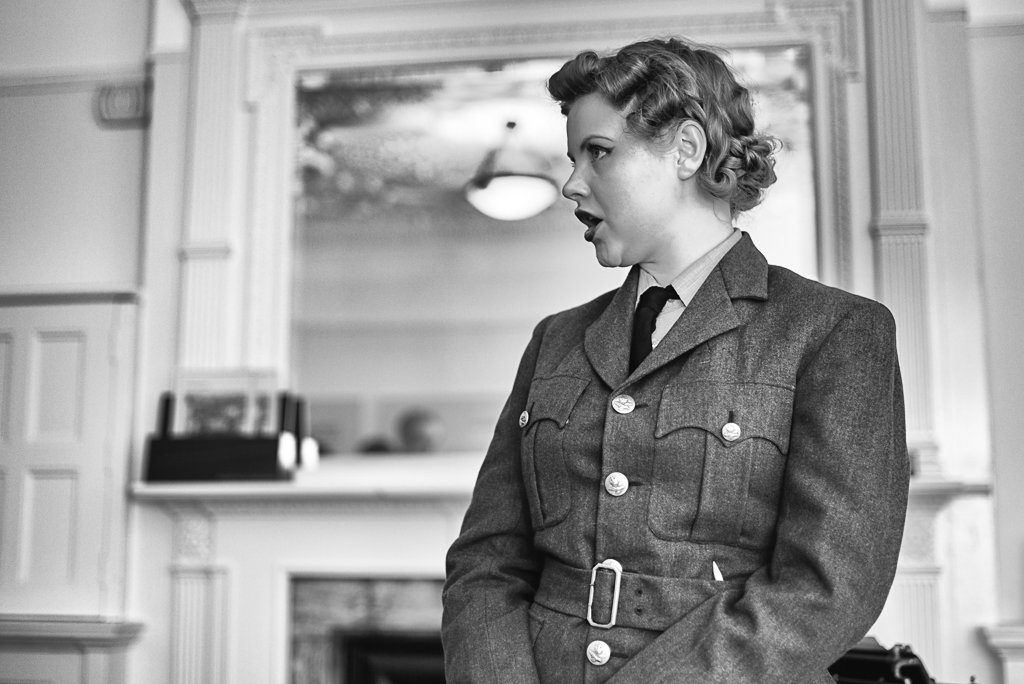

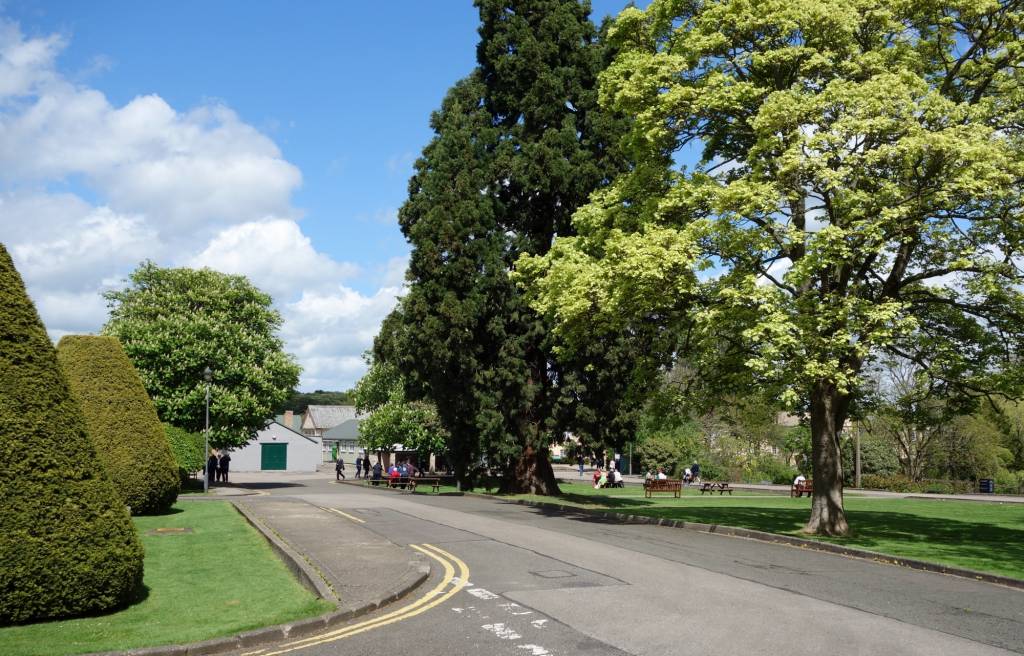
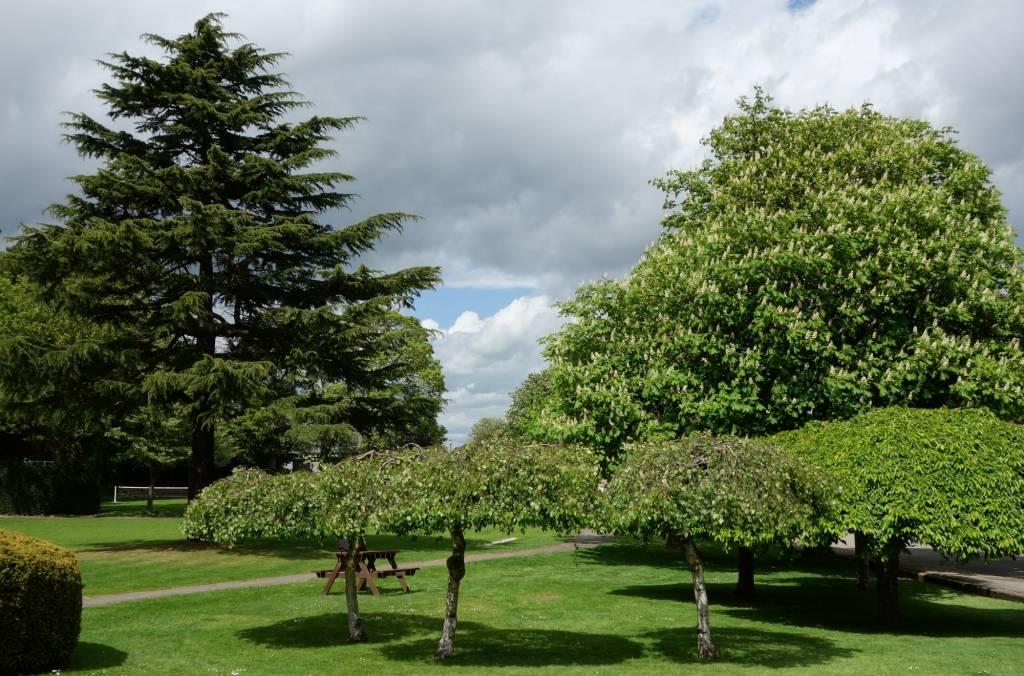
Great article!
Both my parents worked in SLUs. My father ran the one in Delhi (where he met my mother) and set up the one in Ceylon. He worked directly for Gen Slimm before that. He was just a lieutenant but had to hand siphers personally to Slimm (in the office next door). More senior people couldn’t work out why this junior has such access, but they had to remain ignorant. Mum and Dad told me about their role when Winterbottom published his book in the seventies. Of course, the job was mostly a desk job, but it felt like James Bond!
There were some odities. One of the people involved was Frankie Lyons, heir to the Lyons fortune. He was their messenger in Delhi when they were in a hut in the grounds of GCHQ (Government House). As you have described, these ultra secred communications arrived on the typex machine, with so few people in the know, secrecy through obscurity. They would be decoded and deceminated to wherever was needed. Lyons took the local ones in a bag on his bicycle! Peddling through New Delhi.
My uncle was also involved, and my step father (who had been a family friend for years) worked in the jungles running Y stations.
My father died back in 1990, but my mother died only a year ago. We were living not that far from Bletchley, so just a few years before she died, Bletchley Trust sent someone to take her story. They spent two hours with her. She has a Bletchley Badge but also she got a badge from GCHQ Cheltenam with a letter signed by the then PM Gordon Brown. It followed a campaign to give a service medal to those who had worked on the Ultra Secret but could never receive a medal because it remain a secret for 30 years. On the back it says, “We also served.”
The journalist Victoria Bacon included my mother’s war time story in one of her books. My mother was so chuffed! They chatted for hours!
A belated thank you for your fascinating family story.
My father as a “junior” officer also had to deal with situations where senior officers tried to work out what my father was doing and why he too seemed to have access to commanders in the field.
What is of particular interest to me is my father’s very close working relationship with the US Army in that the SLUs consisted of both British and US personnel. As I mentioned, my father served with the US Fifth, Seventh and Ninth Armies. One hopes that in the future such co-ordination could be replicated.
Chris Rodgers
On Christmas Day I sent this remarkable message below to a gentleman in America. Out of a respect for privacy, I have not published his name or his subsequent email about Jack Vineyard. The words speak for themselves.
“Thank you very much for getting in touch with Macfilos. The editor, Mike Evans, has kindly forwarded your message to me.
Below, in my article I wrote:
Since Captain Hodge J Vineyard undertook the long silence, I wonder whether his descendants or relatives have seen his letter from Col Kehm or know of the nature of his wartime service. By my estimation he would have been born between 1910 and 1920 and might have been a lawyer on his return from the war in 1945.
You wrote:
Jack Vineyard was my great uncle by marriage. I knew him and of his service with Ultra, but had never seen this letter or the photo. You correctly identified him on the far right.
So it would seem the family already knew of Jack’s work as an “Ultra Special Representative”; one of “Ike’s spies”.
Here we have an example of the extraordinary reach of; Macfilos, search engines and the internet.”
Hello
I have just stumbled across this web page. My father Harry Griffiths worked for the Radio Security Service, (RSS), during WW2. The RSS was the radio listening arm of MI6. He, like many of his generation said very little about his war work, apart from saying he listened to Gerry in the Iberian peninsular and a German spy in North America. He left us his little black book, which he called his Code Book, which is full of German and Italian radio nets, brevity codes and Double Agent Call Signs Over the last 10 years I have researched the role of the RSS in relation to my fathers Code Book. I self published a book called Listening to the Enemy last year which tells my fathers story. Happy to share more.
Michael
Thank you for your interesting comment about your father’s involvement with the Radio Security Service. I have just found this link from the BBC which is a real revelation.
https://www.bbc.co.uk/news/uk-england-cornwall-65707500
As you say, we wish now we should have talked more to our fathers about their wartime experiences when they were alive.
Chris
Hello Liz
Thank you for your post. If you have more details then I am sure the archivist at the Bletchley Park Museum would be interested. His name is Dean Annison. I sent him scans of the WW2 photographs and letter shown in my article above. Just contact Bletchley Park and they will give you his email address.
There is also a Roll of Honour on their website and you could add your late father’s name to it if he is not already on it.
Hi Chris. Just found your comment and about to follow up. Life has intervened a lot for me over 2023. Thank you and I continue to follow this thread as well. My father was in Cornwall from just before D Day and for a cupola of months after that so the link about Cornwall is very interesting of course.
Hi Chris. I’ve just found this very interesting post. I’m pretty sure my late father was part of a SLU but attached possibly to 21st Army and reporting to General Montgomery. He was attached to RAF Intelligence and trained at Station X, Bletchley Park for a year until 8/4/1944. Just trying to put pieces together here. Would you be interested in more details ? He was RNZAF serviceman and knew GC Don Bennett of Pathfinder Force. Thanks for reading
Liz O’Brien/ Elizabeth Haig Palmer
Have just found this article , thanks for publishing it. My father also served as a liaison officer in SLU 8 and when he passed away in 1996, he left me with many unanswered questions . Having kept “the secret” for so long, he was, like your father, almost resigned not to divulge or discuss his many experiences during that time. Experiences that included being a SLO in pre DDay Southwick House with Churchill and Eisenhower!
Hello David,
Thank you for posting your comment.
I see that your father is on the Bletchley Park Roll of Honour. Have you still got unanswered questions? More information is becoming available on the web so it is possible to learn more about the activities of the SLUs. Because Bletchley Park concentrates on the code breaking and the use of machines together computers, then the SLUs’ activities are not covered in great detail. However, there are a few interesting information boards.
Chris
Hi Chris, I have managed to glean a fair bit of background information through books , the web and articles such as yours, supplemented by some of the sketchy conversations I had with my father when he was still alive. Such a wealth of interest has come about regarding Bletchley Park and its outstations in the last ten years or more, unfortunately with the majority of of those taking part no longer with us to tell their stories. Hence the unanswered questions. I long to stumble across a photo such as the second one in your article, and see my dad in his ‘working environment ‘. I thought for a minute that the gentleman on the far left of that picture could have been him, but although similar, I have my doubts.
I suppose it could be possible that our fathers may have met sometime during their duties and training. The typed letter was also good to see and read.
Regards, Dave.
Hello David
I noticed on the Bletchley Park Roll of Honour your father’s service was shown as “army”. Do you know this for a fact as most MI6 SLO’s were badged RAF?
Special Liaison Unit 8 was based at Eisenhower’s Supreme Headquarters Allied Expeditionary Force (SHAEF) which in the final stages of the war was located at Versailles. There were detachments of SLU 8 at army level and above which I calculate to total about 12 separate detachments (including 3 air force detachments). I surmise your father may at some stage have been posted to HQ SLU 8 if he attended that famous Southwick House meeting. Do you know where he was during the final months of the war in Europe?
I have been trying to work out the total number of MI6 Special Liaison Officers serving on VE day May 1945, but I can only estimate that there was a maximum of about 100. There must have been a similar number of cipher/signals staff. They all kept the nature of their wartime service secret for 30 years or more.
Chris
Chris, If you all wish, I can put you in touch with one another by email. Let me know.
Hi, I seem to remember that although he was RAF, part of the deception was to classify him as Army ? If captured, it would arouse suspicion having an RAF person in an army unit.
Hi Chris
Great read and has helped me with some more info I have been going through on my own grandpa William “bill” Maggs who served in slu 8 but moved to slu 9 in October 1944 to go to Brisbane via the USA and also Morotai in the Pacific. I’m working through all his papers at the moment. I have a photo of slu9 21st October 1945. If you would like I can email you a copy. Dave
Hello Dave,
I am sorry that I missed your reply but here it is some 10 months later.
I notice your grandpa, William “Bill” Maggs is on the roll of honour on the Bletchley website. You mentioned going through his papers and perhaps some of them may be of interest to the Bletchley Park Museum. I have been in contact with Dean Annison who is the archivist there and I sent him some scanned photographs and documents.
According to my records, my father reported to Movements at RAAF Bradfield Park, Sydney on 11 October and sailed from Sydney Australia on 25 October 1945. Unless the photograph was taken in Sydney, it is unlikely that my father will be in the photograph.
So, it is the power of the web that we are able to share information about SLU Officers. I would appreciate the photograph in any event, so if you forwarded it to the webmaster then he could forward it to me. His contact email is shown at the bottom of this page.
Chris
Would love to see this photo
As one vet to another I salute your Dad! This was a terrific read and thanks for sharing your family business. Makes you stop and think how much more of this info out there and will it ever see the light of day!
Thank you John. I’m glad you enjoyed the article.
Chris
I bought online a 2017 book entitled “Lorenz – Breaking Hitler’s Top Secret Code at Bletchley Park”, which arrived today. It was written by a Lorenz codebreaker, Captain Jerry Roberts, who died in 2014, aged 93. He had only completed his manuscripts in that year. The breaking of the Lorenz code was still secret until 2002
I have read the Bletchley Park website entry about Lorenz and Colossus. Unfortunately the entry shown below is misleading. The Colossus computer only handled one aspect of the code breaking, the “chi” wheel settings. The other two settings for the twelve wheel Lorenz machine, the “psi wheel” and “motor wheel settings”, were all done by hand. These terms however, most of us will not understand.
Captain Jerry Roberts estimates that the Mark 2 Colossus computer only did up to 25% of the workload of breaking the Lorenz codes, all the rest was done by the 118 team members (as at 1945) in the “Testery”. He also comments that with the vast workload, Colossus was an essential for breaking the codes quickly. Most codes were broken within 8 hours and some messages could have been on Churchill’s desk before the intended German general.
“These complex ciphers were used to secure communications between Berlin and Army commanders in the field. Messages consisted of teleprinter code enciphered with the highly complex Lorenz cypher machine. The intelligence value of breaking into these was immense. Initial efforts were successful, but were done by hand but could not keep up with the volume of intercepts. Under Professor Max Newman the ‘Newmanry’ started to devise machines to mechanise the process. This ultimately led to the design and construction by the brilliant General Post Office (GPO) engineer Tommy Flowers of ‘Colossus’, the world’s first large-scale electronic digital computer.”
Captain Roberts concludes his book by saying the real heroes of Bletchley Park were: Alan Turing, Bill Tutte and Tommy Flowers.
Thank you Chris – fascinating stuff. I always wondered how messages were transmitted/communicated from Bletchley to forward units.
Jack
A fascinating story. I had never heard of this intelligence service. I knew about Alan Turing with the film that was out a few years ago. Thanks for a wonderful weekend read.
Jean
Hello Jean, thank you for your kind comment. I am pleased you enjoyed the article.
I expect you are referring to the film, The Imitation Game, which featured the work of Alan Turing. Whilst Enigma was brought to a much wider audience, in many ways the film was very inaccurate regarding what actually happened at Bletchley. The other part of the code breaking was the Lorenz cipher, which certain aspects remained classified until 2002. The real heroes here were Bill Tutte and Tommy Flowers. That is another story however.
Chris
Fascinating stuff, Chris – thanks for writing it. I’ve visited B.P. four or five times now, the first about 25 years ago, and learnt something different each time about their operation. Perhaps the most important aspect was not to reveal that we knew what the enemy were planning, so that any failure on their part had to look like bad luck rather than a security breach (hence your father’s role in the SLU, looking after the evidence). Even the classic “World at War” series, which was made before the Ultra story started to leak out, attributes the Allies’ improved success rate against the U-boats to some new developments in radar, rather than anything covert. Mind you, an old family friend wasn’t best pleased when his sister was finally able to reveal that she’d been a Bombe operator at B.P., which he said comfortably upstaged his own wartime career as a Photo Reconnaissance pilot flying Spitfires then Mosquitos! “She always was the brainy one,” he’d grumble with a smile.
Hello Tony, I wonder whether the sister of your old family friend is listed on the Bletchley website? It is easy to make an entry under the “Find a Veteran” page.
You mentioned a key point about the U-boats. Sir Harry Hinsley the distinguished historian who during the Second World War worked at Bletchley Park said in a lecture:
“The great feature there was that the Enigma was used in the first instance not to fight the U- Boats but to evade them. And the problem was how could you evade them without their noticing. You have a situation on the graph in which the number of U-Boats at sea in the Atlantic is going up, and the number of convoys they see is going down!
How do you cover that? We did cover it but it was done by a different system from what I have just described in the Mediterranean. We let captured Germans, people we had captured from U-Boats write home from prison camp and we instructed our people when interrogated by Germans – our pilots for example – to propagate the view that we had absolutely miraculous radar which could detect a U-Boat even if it was submerged from hundreds of miles. And the Germans believed it.”
Your comments are much appreciated.
Chris
Thanks, Chris, that’s a wonderful quote from Sir Harry Hinsley, giving a great insight – which maybe guided “World at War”? In terms of not showing our hand, there was a theory floating around some years ago that Coventry was in effect sacrificed for that reason – but I think that was more to do with not revealing we had a handle on the German radio-guidance system, rather than B.P. (Prof R.V. Jones, etc).
Yes, I did check the record of Auntie C (as we knew her), after reading your reference to ‘Find A Veteran’, which I hadn’t known about before – thanks. Surname is Lowcock, if you want to look her up.
T.T.
A fascinating article Chris, thanks. The photographs strengthen the link to the past provided by your father’s letter. I liked the way you framed the narrative to enable us to understand your father’s role. A good piece of intelligence work on your part. Kevin
Thank you Kevin. Without the internet it wouldn’t have been possible to put the article together. I enjoyed doing my own intelligence work.
Chris
William. Thank you for your kind comments. If it hadn’t been for your article, “What did you do before the war daddy”? I wouldn’t have written this article. Your title was a prompt. I remember as a young boy asking my father what he did in the war. It was many years later that I actually found out.
You are quite right that photography does provide a link back to family history and moments of history.
I look forward to your next article.
Chris
Great stories, Chris. It is always nice to be able to honour your father in an article. I have been able to do that a number of times here on Macfilos and photographs from those articles are now in a number of archives. My late father would have been proud of that. I can understand the code of secrecy which surrounded the Ultras, but the passage of time has a way of softening such barriers, which were there for very good reasons originally. I am sure that your father would have been delighted to see his story told here and also with the fact that his documents and photographs are now in the Bletchley Park Archives. This continuity of personal and family history and the recording of great events are some of the most important benefits of photography.
William